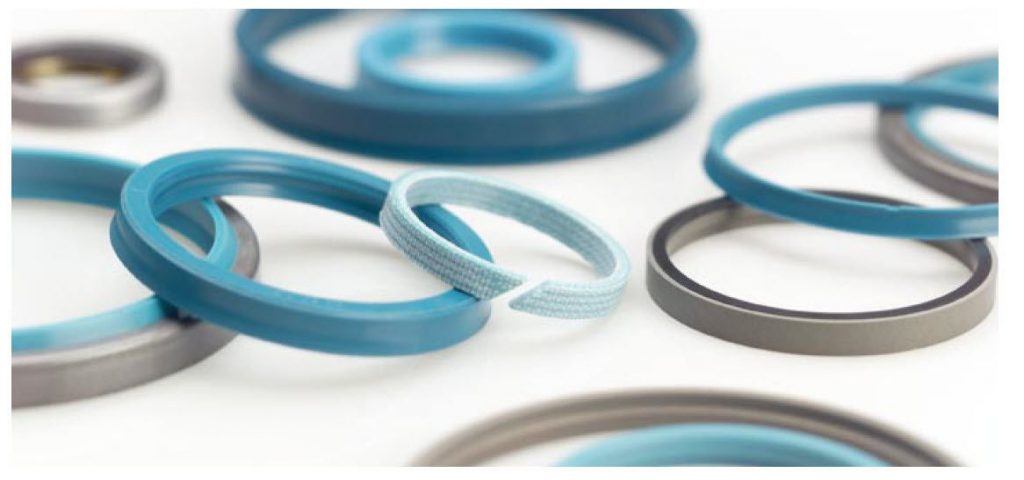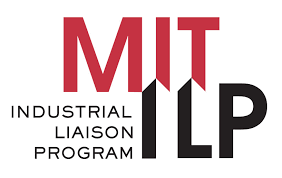
30 April 2018, Sweetcrude, Houston, Texas — Trelleborg Sealing Solutions announces at the Offshore Technology Conference 2018 that it has received approval for 25 materials to American Petroleum Institute API-16C specification relative to oil and gas choke and kill valve requirements. This represents the largest number of materials compliant to the standard available from any seal manufacturer.
Obtaining API-16C certifications for this comprehensive portfolio of materials ensures Trelleborg is well equipped to address the unique needs of oil and gas choke valve manufacturers. The API-16C specification dictates a brine/diesel chemical composition that can be aggressive to seal materials. Trelleborg has engineered polymers and elastomers to withstand these chemicals with particular attention on minimizing effects of chemical attack.
Eric Bucci, Trelleborg Sealing Solutions Segment Manager Oil & Gas Americas, says: “Approval of sealing materials to the API-16C standard is vital in supporting oil & gas choke valve manufacturers. The large portfolio includes a variety of types of sealing compounds, meaning that seal performance in any given choke valve application can be fully optimized, to effectively manage wellbore pressure and maintain flow control.”
The API-16C range of compliant sealing materials is particularly suited for applications including rotating disc-type, adjustable, barrel-type and orifice choke valve types. The API-16C compliant materials include polytetrafluoroethylene (PTFE) based, PEEK and elastomeric compounds, such as Hydrogenated Nitrile Butadiene Rubber (HNBR), Fluoroelastomer (FKM) and Perfluoroelastomer (FFKM).
“Whether the application involves blowout prevention equipment systems for drilling wells or subsea valve manifolds to control choke and kill lines, Trelleborg Sealing Solutions delivers materials to equipment manufacturers that operate safely and effectively. Trelleborg is engineering products to perform to stricter specifications, extend seal life and ensure user safety in dangerous environments,” concludes Bucci.



